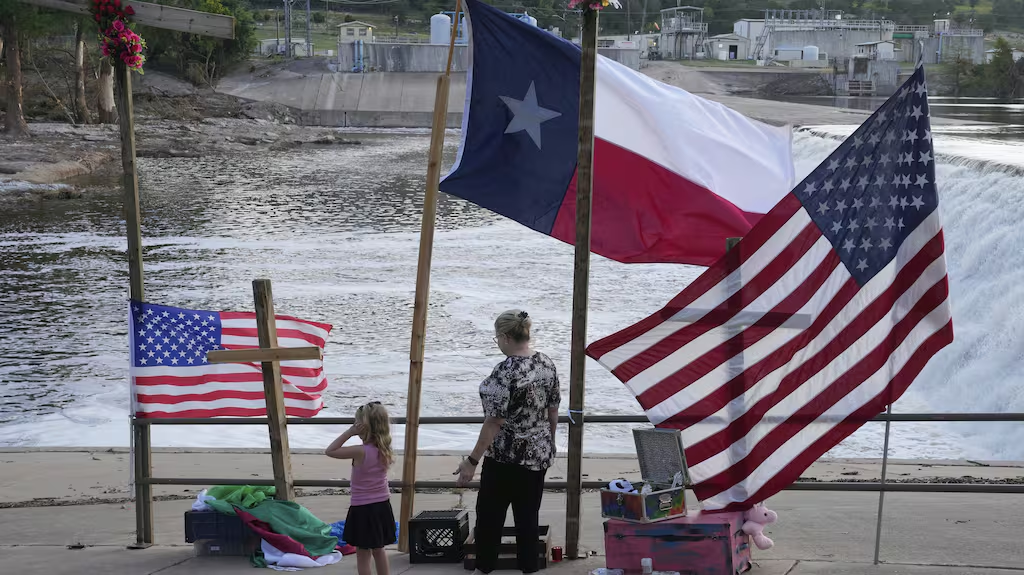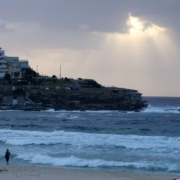Key questions still unanswered about deadly Texas flash floods

Key questions remain unanswered about the actions Texas officials took both before and during the catastrophic July Fourth holiday floods as a painstaking search for victims continues along the Guadalupe River nearly a week later.
Officials have avoided specific explanations of what steps were taken in advance of the intense downpour. Forecasts on July 3 suggested it could threaten the scenic Texas Hill Country where hundreds of locals, tourists and campers were sleeping overnight. At least 120 people were killed and more than 160 people are believed to still be missing.
Here’s what is still unknown about the hours before, during and after the deadly flash flood.
The full extent of Texas officials’ readiness is unclear.
Two days before the flood, the Texas Division of Emergency Management activated state emergency response resources and then increased the readiness level the following day. State officials have said early forecasts did not pinpoint where the most intense rains would hit, so equipment and personnel were staged only in several areas, although they have not given specifics.
Texas Lt. Gov. Dan Patrick said that prior to a briefing call on July 3, a regional coordinator personally reached out to local officials to make sure they were aware. “The message was sent,” Patrick said.
In Kerr County, where the devastation is most extensive, Kerrville Mayor Joe Herring said this week he did not know what state emergency management resources were deployed ahead of time.
Deflections
“I’m not going to contradict the information you have, but I will tell you, personally, I did not receive a telephone call,” he said.
That’s still unknown.
Since the flood, Kerr County officials have repeatedly deflected questions about the details and timelines of their response.
The National Weather Service (NWS) issued a flash-flood warning at 1:14 a.m. Friday to mobile phones and weather radios. The warning was updated at 4:03 a.m. to a flash-flood emergency.
The Kerrville Police Department and the Kerr County County Sheriff’s Office began to post on Facebook around 5:15 a.m. warning residents of dangerous flooding. But it remains unclear how, if at all, emergency officials utilized CodeRED, the vendor used for alerting the public to emergency situations and disasters.
An Associated Press (AP) review of wireless emergency alerts sent in Texas between July 3 and July 5 found dozens sent by the NWS via a Fema system to local cell phones that warned of the potential for flash floods. There were none listed as sent by Kerr County agencies until one on July 6.

















